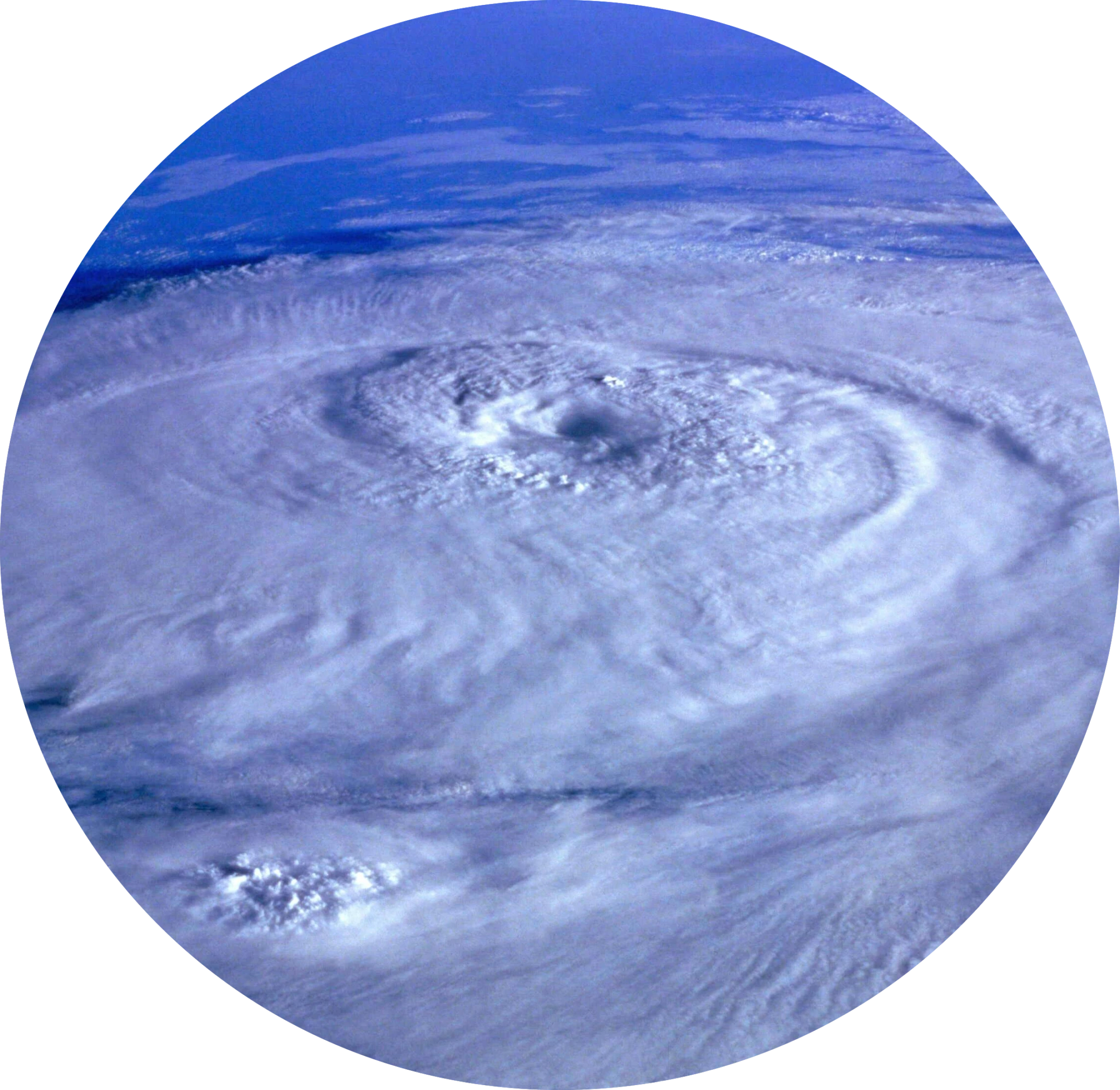This year’s Atlantic hurricane season kicked off dramatically, with Hurricane Beryl—the earliest category-5 Atlantic hurricane on record—signaling the possibility of more unusually powerful storms to come. The National Oceanic and Atmospheric Administration (NOAA) forecast in May predicted an 85% chance of above-normal hurricane activity this season.
As hurricanes become more intense, the need for potentially impacted communities to have timely and accurate information and effective emergency responses becomes more dire. Critical to minimizing a hurricane’s toll on people and property is advanced warning about its likely timing, strength, landfall location, path, and any related events,—such as floods, heavy winds, and storm surges—it might trigger. At the intersection of climate change and new technologies, such as AI, we’re discovering unprecedented opportunities and challenges in hurricane forecasting, communications, and response.
Forecasting in an Era of Volatile Weather Conditions
Courtesy of climate change, weather conditions are becoming more erratic. Some of these conditions, such as the warmer ocean temperatures that fuel rapid intensification of cyclones, contribute to the severity of storms. Cyclones have intensified considerably over the last 30 years, according to the Accumulated Cyclone Energy (ACE) Index, and the period following the mid-1990s has produced eight of the 10 most active years for hurricanes since 1950. In addition, the area of impact from hurricanes is expanding as storms are maintaining strength farther inland due to global warming.

With this departure from normalcy come reasonable concerns about the reliability of weather forecasting. However, advances in forecasting technologies have evolved in recent years to enable meteorologists to predict weather conditions with far greater accuracy than ever before. Improvements in forecasting are due in part to technologies that support better image resolution; more and better data collected through buoys, satellites, gliders, sensors, and ships; and advances in edge computing that facilitate analysis of data from a range of sources. With today’s forecasting capabilities, the average three-day track error of a tropical storm or hurricane is 85 around miles, as compared to 400 miles in the 1980s, and the accuracy of a five-day weather forecast today is roughly equivalent to the accuracy of a 24-hour forecast in 1980. However, the numerical, physics-based forecasting models on which we’ve traditionally relied demand tremendous computational power and time-consuming processing.
The Challenges and Opportunities of AI in Hurricane Forecasting
Through parameterization, AI technologies have the potential to reduce the time and expense of generating forecasts and optimizing the use of atmospheric and oceanic data collected in real time. Some recently developed AI models have shown promise for improving upon the performance and speed of traditional forecasting models. However, because AI models are trained on historical data, their ability to handle the extreme, unprecedented events climate change is fueling remains in question. The US Government Accounting Office (GAO) suggests that using synthetic data as well as other data sources, in addition to ensemble modeling, could help improve the accuracy of machine-learning forecasting models and reduce the uncertainty of forecasts. At any rate, the role of AI in forecasting hurricanes will likely be to complement, rather than replace, numerical forecasting models for some time to come.
Improving Hurricane Preparedness and Emergency Response with AI
Beyond forecasting the behavior of hurricanes, limiting the devastation of extreme weather events also requires effective communication and response to evolving conditions. AI can be an important ally in efforts to deliver information and relief to the people who need it, when they need it.
Last year, NOAA’s National Weather Service (NWS) debuted an experimental language translation website trained for weather, water, and climate terminology that translates hurricane alerts—a task usually performed manually by human translators—to decrease the time it takes to communicate urgent messages about developing situations. This tool currently offers translation into Spanish and Chinese and will support translation into other languages in the future. Other possible applications of generative AI in emergency response include optimizing resource allocation, simulating emergency scenarios for training, and helping people impacted by natural disasters navigate administrative thickets to get the support they need. In another promising effort to leverage AI for emergency management, an assistant professor at University of Florida is working to improve evacuation procedures by using advanced, AI-driven behavioral models.
Managing Uncertainty in a Future of Abnormal Conditions
Uncertainty is the enemy of preparedness. And as volatile climatic conditions introduce new challenges to anticipating the behavior and impact of extreme weather events, the need for fast, accurate forecasting becomes more dire. But AI technologies are already providing solutions that can improve upon the performance of traditional forecasting models, help agencies deliver the information and resources to the right locations at the right time, and give communities the support they need to limit the devastating impact of natural disasters.
